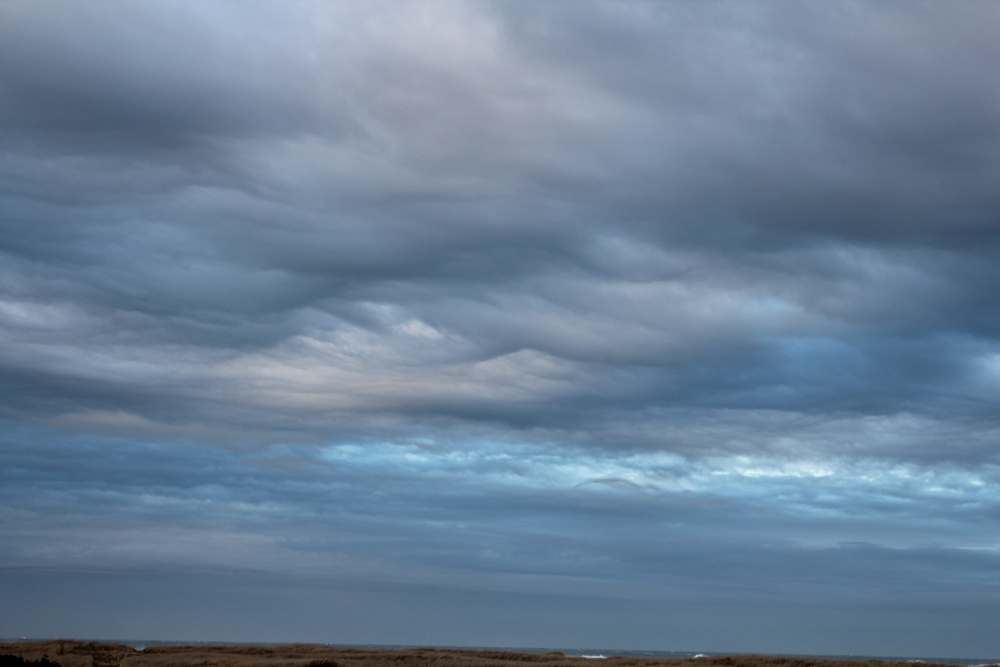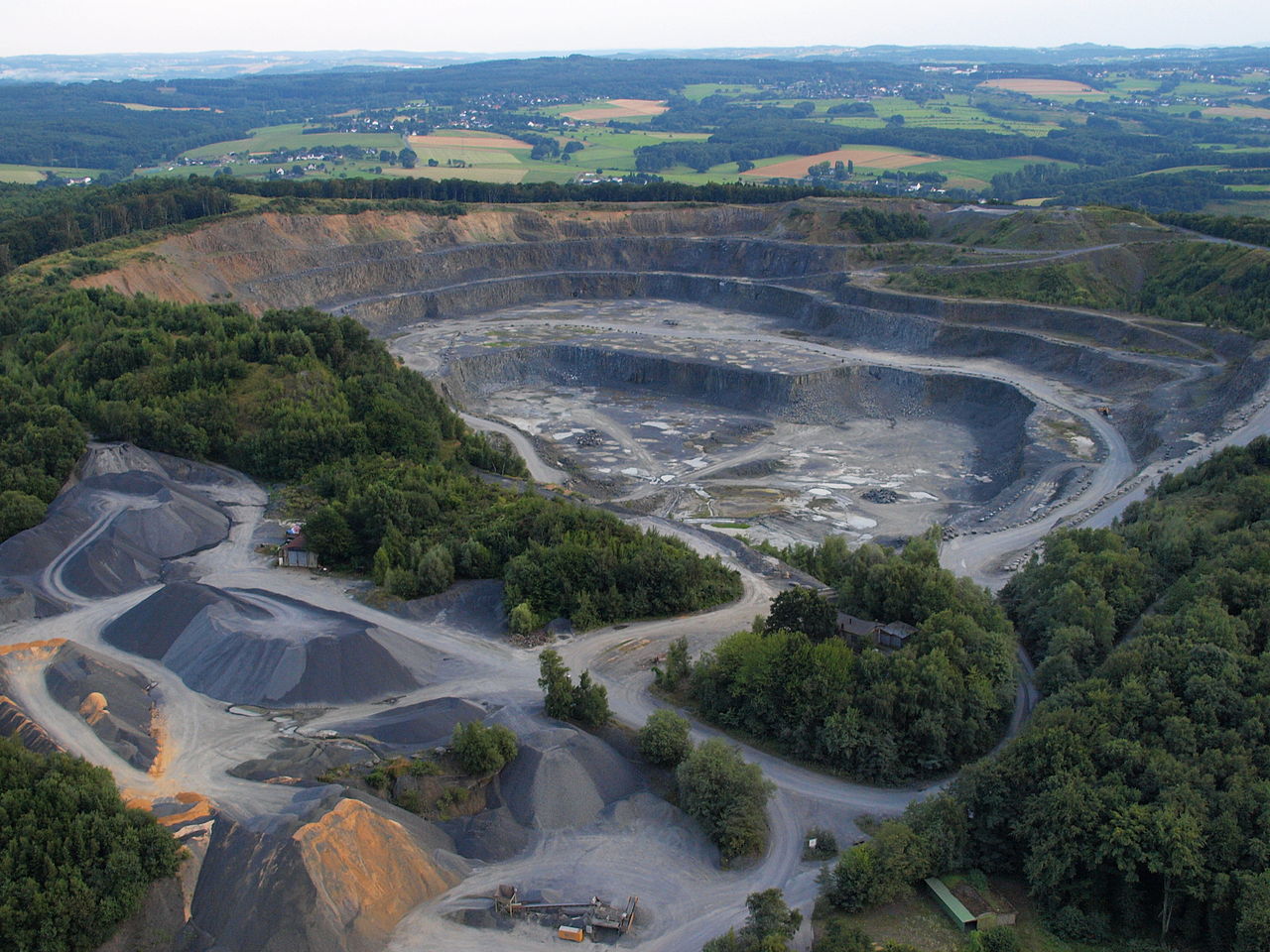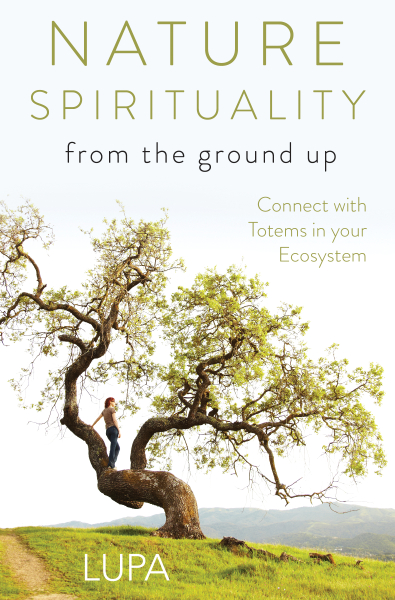Recently my attention was brought to an image making the rounds online. Divided into two halves, the top half shows a forest and the caption “This is an antidepressant.” The bottom half is a stock photo of a bunch of random, unidentified pills and says “This is shit.” The implication is that people with mental illnesses don’t need psychiatric medications; they just need to go outside and play. It wasn’t just completely woo-woo New Agers passing this around with solemn nods, either. Some of my fellow pagans–who really ought to know better–were also sharing it unironically.
Look–as a Masters-level ecopsychologist, I am the first to bang the drum of “Nature is good for you! Look, here’s research saying so! There are tons of people with self-reported improvements!” Here’s a study, and here’s a study, and here’s another study, and oh, hey, look at this whole peer-reviewed journal! You really don’t need to convince me of the healing powers of nature.
The Mental Health Toolkit
Back when I was actively counseling I frequently suggested to my clients (the ones who were able to) to go outside on a regular basis. Here’s the thing, though: going outside was not meant to be a grand cure-all, and it certainly wasn’t meant to replace the psych meds that a lot of my clients were on. This was an inpatient addictions treatment clinic, and many clients were self-medicating with methamphetamine, heroin, alcohol and other street drugs as a way to cope with everything from depression and anxiety disorders to Borderline Personality Disorder, along with frequent trauma histories. These were not clients whose problems could be easily solved with a walk in the park.
So our in-house psychiatrists would work with the clients to find effective combinations of pharmaceuticals (for those who needed them). I and the other counselors would do both group and individual therapy with our clients, and I wove ecopsychology into my treatment a fair bit. The outdoor time clients got during daily walks and weekly field trips helped reduce symptoms and build coping skills to replace the drugs they were abusing, and the medications they took helped them to rebalance their brain chemistry so they were more able to approach and work through what drove them to self-medicate with drugs in the first place. Each client responded to the various parts of treatment–medications (if needed), individual therapy, group therapy, mindfulness work, ecotherapy, etc.–differently. There was no one size fits all treatment regimen.
When a person is dealing with a mental illness–or, hell, just a great amount of stress–they have to find the unique combination of mental health care that’s going to help them improve. There’s a whole suite of things to choose from; the following are just a few examples:
–Individual or group therapy (acute treatment/crisis intervention, coping skill coaching, talk therapy, cognitive-behavioral therapy, etc.)
–Medications (over the counter or prescribed)
–Physical self-care (exercise, better food, plenty of sleep and water)
–Mental self-care (good quality self-help books, mindfulness, meditation, “taking a break”)
–Spiritual self-care (engaging in one’s spiritual path, finding meaning in the self and/or the world around you)
–Social self-care (being around people you like and who like you, connecting with a support system online or in person)
As a therapist, I want to have a diverse toolkit available to help my clients. And as someone with a diagnosed mental illness–Generalized Anxiety Disorder–I also personally benefit from that diverse toolkit.
My GAD is not severe enough to where I need to be on medications. I’ve had the better part of three decades (and three years of graduate-level training) to figure out how to manage it day to day. I’ve learned its tricks pretty well, and I’m getting better every day at seeing through them. Being self-employed is one important piece of my mental health care, as the ability to sleep in most days, and the flexible schedule, both help me to stay relaxed and feel in control of my everyday life. I exercise fairly intensively almost every day; I run, I lift weights, I hike, and more recently I’ve joined a local dojo where I train in combat hapkido and Brazilian jiu-jitsu. I really like food, and cooking food, so having tasty nourishing meals is something that both helps me manage my brain chemistry and makes me happy. And yes, I get a lot of outdoor time, even moreso now that I spend part of my time each month on the Washington coast, and just being able to look out the window onto wide, open spaces has made major improvements on my mental health.
But I would never in a million years say that what I am doing is better than SSRIs or other medications for someone who uses those as part of their treatment. Sure, maybe if they were in my position and had access to the valuable resources that I do they might respond as well as I have. But maybe they wouldn’t. Maybe they’d need those SSRIs for the rest of their life to help them manage anxiety, or depression, or whatever they were being treated for, and that’s okay.
Mental Health and the Pagan Community
And I want to make damned sure my fellow pagans know it’s okay. As a whole, we’re more aware of mental illness than many others parts of the population. I don’t think we’re necessarily more prone to mental illnesses, but as a community we tend to be more open about taboo things.
Which is not to say we’re without ignorance. Ed Fitch’s “So You Want to Be a Gardnerian” condemns anyone “currently in psychological therapy.” I remember a number of years ago seeing a website from the Coven of the Wild Rose; the website no longer exists, but this writer captured one of their cringe-worthy comments on anyone in therapy or taking psych meds: “if you cannot function as a fully responsible adult individual in the mundane reality then you cannot function effectively in the magical/mystical realities and should not even attempt to do so until you have all your oars in the water and they are working all in proper tandem”. Ugh. Just…..ugh.
Even more recently the backlash against pagans managing their mental illnesses persists. Except the attacks are sneakily leveled at the medications some pagans take rather than the pagans themselves. See? We’re not discriminating against you, we just think you’re being poisoned by Big Pharma! Except it is discriminatory, and ignorant, and patronizing to assume that a person on SSRIs or other medications must just be the pawn of a massive corporate agenda. It’s also a big, glaring example of anti-science attitudes that still plague paganism. The people espousing these attitudes quite frequently have poor understanding of how these medicines work and show a broad mistrust of all pharmaceuticals based on misinformation and deliberate fearmongering. In doing so, they feed the harmful stigmas that are faced by people who use psych meds as part of their treatment and make it more likely that people who could really benefit from them won’t consider them an option because they’re afraid of being seen as a “sell out”, “a pawn to Big Pharma”, or just plain “crazy.”
Of the people I know who do take psych meds, overwhelmingly the thing they say is that these medications are crucial to helping them be able to function more effectively from day to day. Just like someone who takes medications for diabetes or lupus or other predominantly physical chronic illnesses, so someone with more significant depression or anxiety disorders may find medications are effective in alleviating symptoms. It’s not about weakness, and it’s not about being “broken”. It’s about making use of the diverse mental health toolkit that’s available to you.
“But they can’t possibly do spiritual work when they’re on drugs!” Phooey, and double phooey. Never mind shamans and other indigenous practitioners from cultures worldwide who use mind-altering substances as a matter of course. There’s a huge difference between showing up to circle three sheets to the wind, and remembering to take your Lexapro on time. To me, someone who is taking medications that reduce their illness’s symptoms is someone who is more likely to be able to engage in spiritual work. They’re more likely to be able to focus because they’re not as distracted, and they’re showing initiative in caring for themselves on all levels. And even if they’re struggling with symptom management, they shouldn’t be shut out from practicing their spirituality. Maybe they need to avoid active group work for a while until they get themselves settled, and do more intensive personal spiritual work as a part of that–but some pagans find that their spiritual group is able to help them more effectively manage their mental health. Again, case by case situation.
“But I took SSRIs and I was miserable on them and then I stopped taking them and I spent more time in nature and my illness went away!” Good! I’m glad you found something that worked for you and that you’re feeling better! And these other people are finding what works for them, too. Some people having bad experiences with psych meds doesn’t mean those meds are universally bad. Maybe you had the wrong combination of drugs; some people can take years to fine-tune their medication. Or maybe you just don’t do well on them and you found other things that work.
“But you don’t take drugs!” No, I don’t. I’ve been able to make enough lifestyle changes to keep myself on a relatively even keel, and, for pity’s sake, don’t forget I have a graduate-level degree in this stuff! There IS truth to the idea that psych students get into psychology because we’re trying to figure out what’s wrong with ourselves! Don’t hold me up as the gold standard. I’m just one of millions of people dealing with an anxiety disorder; I was just lucky enough to find a combination of tactics that works pretty well, and meds don’t happen to be a part of that.
Both/And, Not Either/Or
You’ll notice that in the graphic at the top of this post I made my own modifications to the original meme. I state that both nature and psych meds are “one of many tools for managing mental illness.” When it comes to living with an illness–any illness–I believe it’s important to make as many options available as possible. That means that I see the nature/meds situation as a both/and one, not either/or.
Come on, pagans. We’ve had experience with both/and. Many of us came out of heavily Christian backgrounds where we were told you were either a member of your church, or you were going to hell. And we figured out that no, it’s a both/and situation–there can be Christians and pagans and the world won’t come to a screeching halt. We’ve even found ways to include many different pagan paths in the same events–even the same rituals–and we made it work.
So we can make this both/and thing work when it comes to supporting pagans with mental illnesses in our community, and in treating our own illnesses (for those who have them.) We don’t need to shame pagans who use psych meds to make their day to day life easier to walk through. And we shouldn’t be ostracizing pagans who, even with meds and other treatment, still show symptoms of their illness. Just as it’s a really shitty thing to exclude pagans with physical disabilities or chronic illnesses, it’s also wrong to not make a place for those with long-term mental health issues.
After all, paganism can be a really effective way to get people more engaged with the healing qualities of nature. And isn’t that what you were trying to get them to do in the first place?
Did you enjoy this post? Help me maintain my self-care through self-employment and consider taking one of my books home!
Like this:
Like Loading...















